#pulps
Text
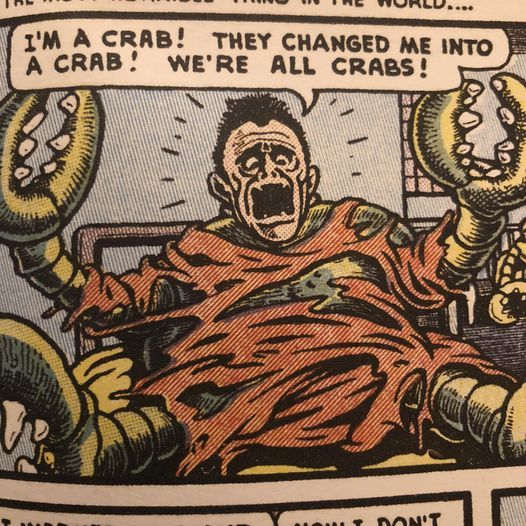
Basil Wolverton
#pulp#horror#pulps#science fiction#pulp horror#pulp science fiction#comics#pulp art#horror comics#sci fi#basil wolverton#wolverton#cartoon#cartoon art
192 notes
·
View notes
Text




I love that the other three at least tried to be clever with their titles… but the one simply titled “Gay Whore” is hilarious
196 notes
·
View notes
Text
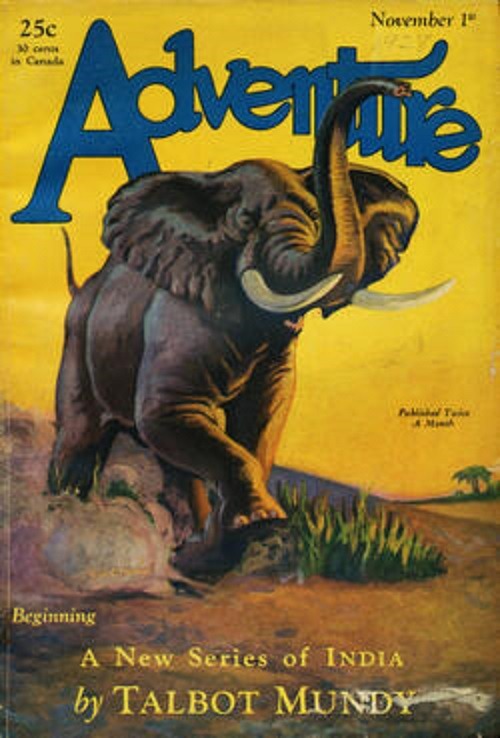
In the 1928 issues of the greatest pulp magazine of them all, Adventure, Talbot Mundy created Ben Quorn, the Gunga Sahib, a working class regular guy from Philly absolutely out of his element in India, totally uninterested in Asia or adventure. Nonetheless, by happenstance, he keeps getting sucked into adventure in India against his will when weird things happen around him, like the fact he is a dead ringer for a thousand year old painting of a saint, and that he has a savant-like ability to train elephants. Ben Quorn doesn't drive stories by his choices so much as stories happen around him, like a beautiful princess who wants to marry him and an ambitious politician who uses him to climb. Everyone assumes this simple man is a much more calculating and intelligent person than he really is, in a way reminiscent of Peter Sellers' "Being There."

In a magazine full of two fisted adventurers and tough guys, this distinctly unheroic protagonist who bumbled into adventures in India stood out and was enormously popular.
76 notes
·
View notes
Text
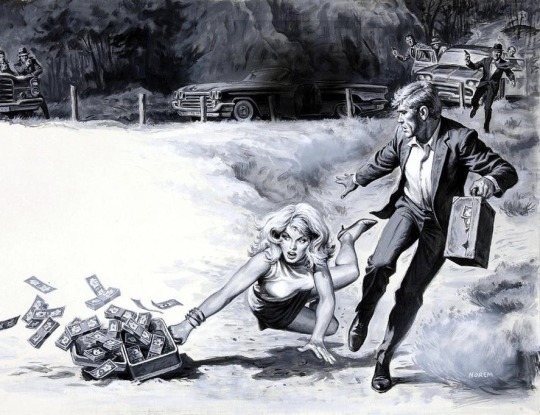
Artist Earl Norem - American Pulps 60s
55 notes
·
View notes
Text

Cover by Pawelka.
#cover art#coverart#magazine cover#magazine#astounding#science fiction#scifi#outer space#1953#1950s#1950's#pulp cover#pulp science fiction#pulps#ephemera#vintage illustration#illustration
40 notes
·
View notes
Text
Covers of the Week #131: Steve Holland
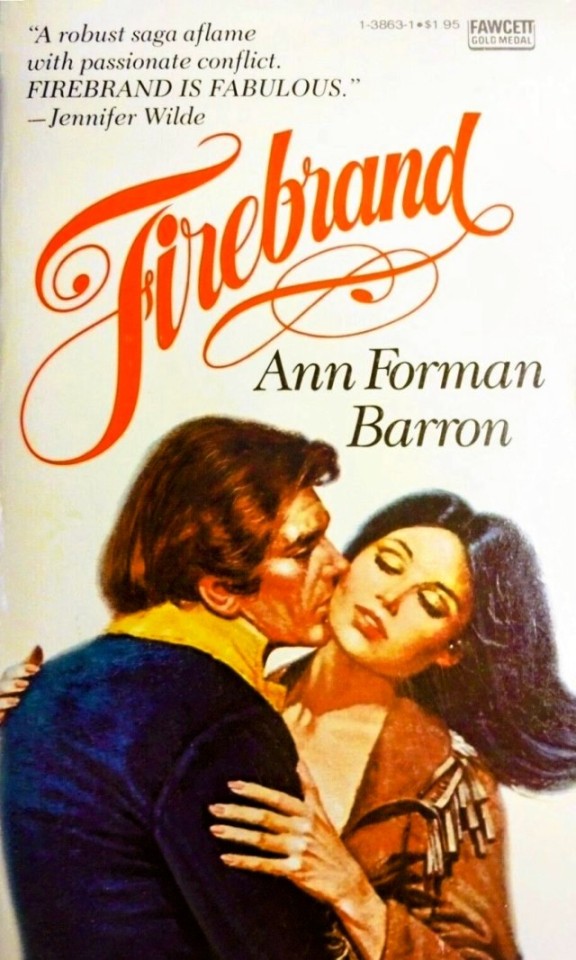
Sweet Savage Flame’s Covers of the Week #131 showcases some vintage romance novel covers featuring the legendary model Steve Holland.
Known as THE “Illustrator’s Model,” Steve Holland. Holland was a 20th-century icon who modeled for comics, magazines, pulps, and mass-market paperbacks.
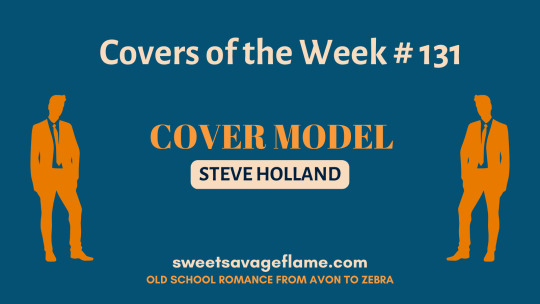
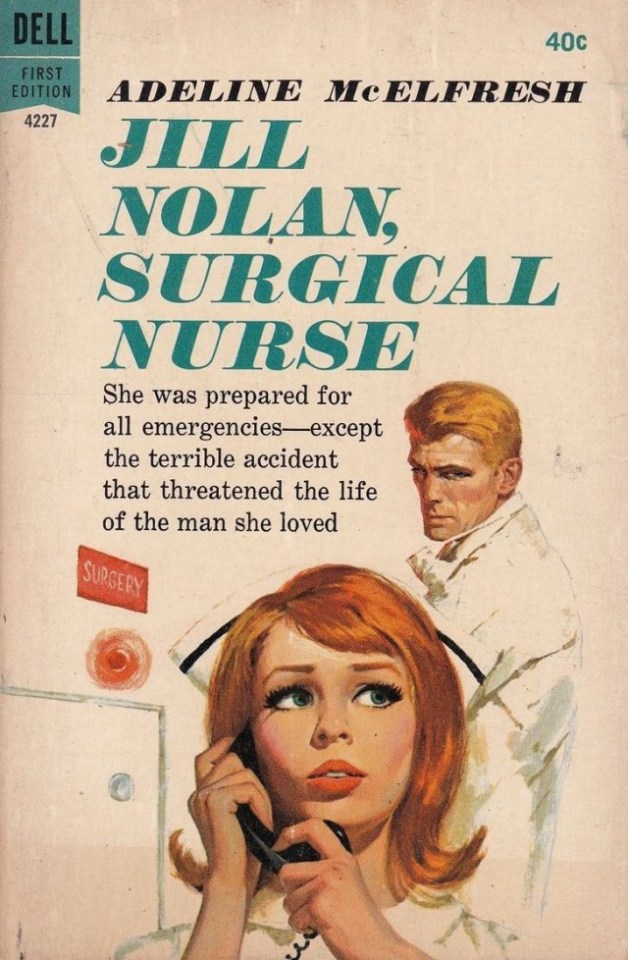
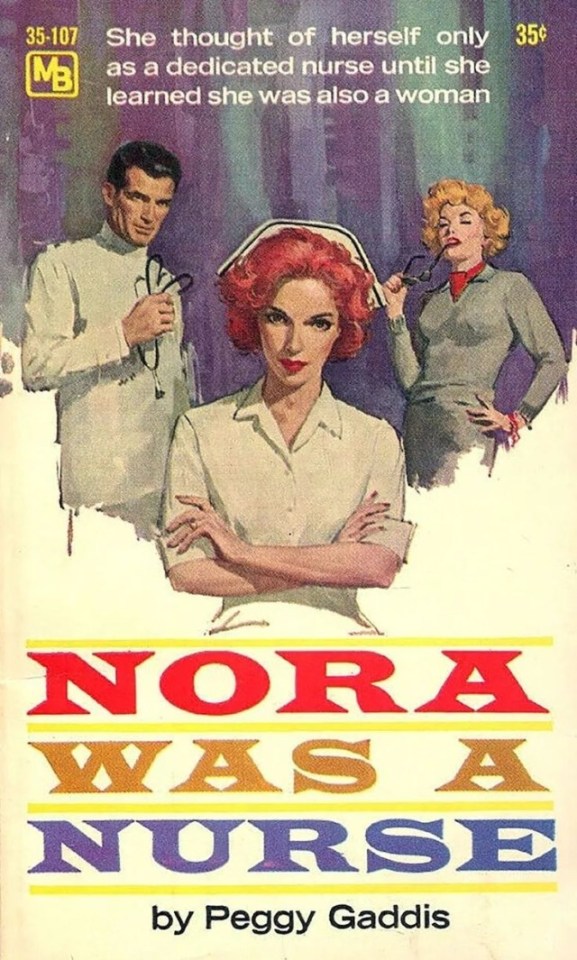

View On WordPress
#book blog#books#Cover art#Covers#Covers of the Week#magazines#model#old school romance#pulps#retro romance#romance books#Romance covers#romance novel covers#Steve Holland#Vintage romance#vintage romance novel covers
5 notes
·
View notes
Photo

From Unknown Worlds, 1948. Cover art by Edd Cartier.
Greystoke Trading Company.
#edd cartier#pulps#pulp science fiction#science fiction#fantasy#horror#horror art#fantasy art#1940s#greystoke trading company
60 notes
·
View notes
Text

The wait is over! DEATH MASK: Available NOW!
Barnes & Noble
Amazon (hardcover)
Amazon (paperback)
Book Depository (for international readers)
E-book
Audiobook + Ebook bundle (narrated by me)
All pre-orders and signed books are in the process of being mailed out as we speak.
Hope you all enjoy the Sword & Thievery.
Godspeed!
30 notes
·
View notes
Text

I painted this watercolor of Pulp Hero Doc Savage last year, he is the inspiration for modern Several Super Heroes; Since debut in 1934 Doc Savage captivated audiences with his adventures in Pulp Magazines, Novels, Comics, Radio and Film, It's safe to say The Man of Bronze has withstood the test of Time.
#Doc Savage#Man of Bronze#Pulp Magazines#Pulps#Clark Savage#Watercolors#Clark Savage Jr#Pulp Fiction#Pulp Heroes#Street & Smith#Two-Fisted Pulps#Kenneth Robeson#Lester Dent#Traditional Art#Watercolor Illustration#Watercolor Art#Proto Super Heroes
5 notes
·
View notes
Photo

https://archive.org/details/the-shadow-1-the-living-shadow
15 notes
·
View notes
Text

Spicy Detective - Octobre 1938
Cover de Hugh Joseph Ward
3 notes
·
View notes
Text

SLEEP NO MORE (Panther, 1964)
#pulp#horror#pulp fiction#pulp horror#arkham horror#august derleth#lovecraft#horror books#60s horror#60s pulp#60s pulp horror#1960s horror#1960s pulp#halloween#happy halloweeeeeeen#all hallows eve#horror anthology#m r james#pulps#robert bloch#clark ashton smith#algernon blackwood#m p shiel
164 notes
·
View notes
Text

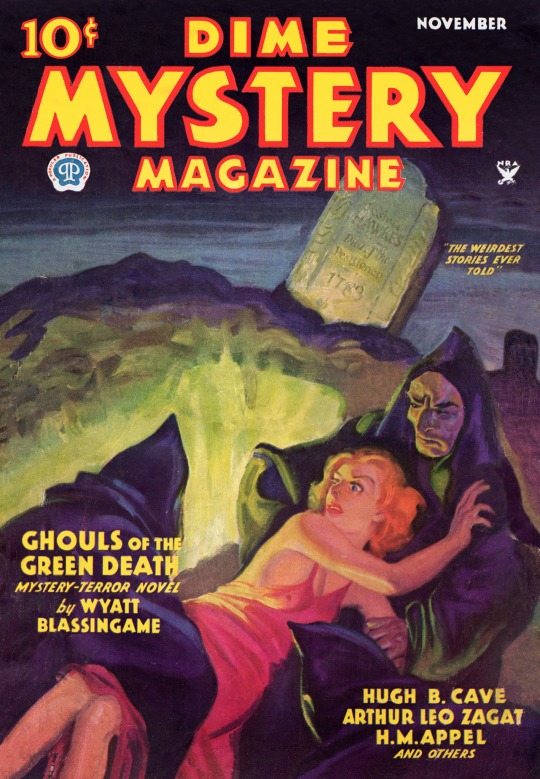

#horror pulp#classic horror#pulp magazine#horror#pulps#pulp cover#thrilling mystery#dime mystery magazine#new detective#thrilling mysteries
18 notes
·
View notes
Text
Doc Savage
For two generations of young readers — the original pulp fans of the 1930s and 40s followed by the reprint fans of the 1960s and 70s — Doc Savage remains not only an iconic figure but a template for all adventure heroes who came after.
Doc and his team — the ape-like chemist Monk Mayfair, his rival attorney Ham Brooks, construction engineer Renny Renwick, electrical engineer Long Tom Roberts, archeologist / geologist Johnny Littlejohn — inspired such diverse teams as Captain Future and his crew, the Challengers of the Unknown, the Fantastic Four, the crew of the Enterprise, Buckeroo Banzai’s Hong Kong Cavaliers (many of whom, we must be fair to observe, executed the formula fair more successfully than Doc and his crew), and Team Venture.
Doc also proved a direct inspiration (read “rip off”) of several key concepts later popularized by Superman, including “the man of bronze” vs “the man of steel” and first use of an arctic Fortress of Solitude for those times when he just needed a break from adventuring.
There have been radio serials, comic books, movies (one by producer George Pal, another by teen fans in the 1970s), and a heart-breaking number of announced but never made media projects, including a serial (eventually rewritten as Fighting Devil Dogs) and abortive TV projects (including a proposed animated series by Ruby-Spears that went so far afield of the original concept that it’s a blessing it got shelved after early development).
So what makes the character so fascinating?
He represents an ideal embodiment of the ultimate of humanity abilities. Unlike Superman (born or another planet) or other superheroes (either mutants or enhanced by some form of magic or super-science), Doc’s abilities are the result of his father’s relentless training regimen for him since birth. He’s a brilliant polymath in all sciences (a legit doctor with and MD plus a plethora of PhDs), a fluent linguist in virtually all languages including ancient Mayan and American Sign Language, a skilled mimic and disguise artist, an expert martial artist and judo master (this at a time when martial arts were virtually unknown in America), plus a pilot / sailing master as well as a world renown philanthropist.
The only thing he isn’t is genuinely human, and from the very beginning there’s an unspoken yet nonetheless present undercurrent in all his adventures that his frantic activity is pretty much a defense against admitting he really has no inner personal life.
Over the next several months (probably years) I’m going to recap the Doc Savage novels as re-published by Bantam Books in the 1960s. Their covers by James Bama probably did more to cement Doc’s iconic appeal than the stories themselves, creating the look that every succeeding interpretation has followed. While Bantam eventually reprinted all the original pulp stories, they didn’t do so in order of publication; I will add that to help you understand the development of the character and series.
© Buzz Dixon
2 notes
·
View notes
Text

“Hello. Have heard the good news? Jesus …what? OK. Well have a nice day . . . . . . . jerk.”
Cover by Phil Berry -- 1959
#1959#1950s#1950's#aliens#Cover art#magazine cover#vintage illustration#illustration#science fiction#scifi#sci fi#sci-fi#pulp magazine#pulps#pulp science fiction#pulp covers#ephemera
10 notes
·
View notes
